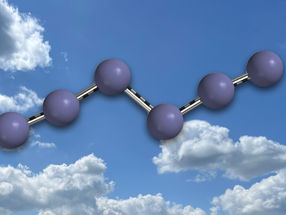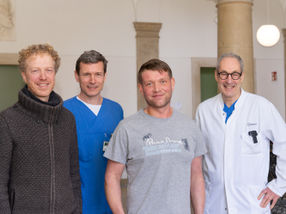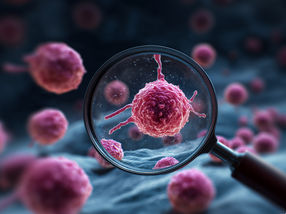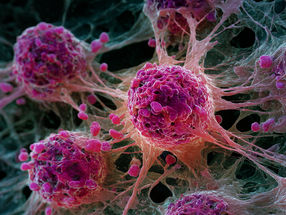Dancing droplets
Our blood, sweat and tears are three precious fluids that can answer lots of questions about the state of our health but testing small amounts of bodily fluids, without contaminating them through contact with solid surfaces or other fluids, is something that fluid mechanics have long pondered.
A group of physicists from the University of Liege, Belgium, is publishing research in the New Journal of Physics, which shows how lab technicians can make droplets dance, float and bounce above a surface, keeping small amounts of fluid free of contamination and ripe for testing.
Several years ago, acoustic levitation was introduced to keep a droplet separate from its surroundings but the equipment required for this is complex, big and expensive. Alternatively, the technique of bouncing droplets was introduced in 2005 but until now it could only be used on a specific range of droplets with high viscosity.
The new technique which the physicists began work on three years ago, when one of the researchers noticed that certain bass notes emanating from his iPod speaker could make droplets 'roll' and appear to dance, works for a much larger range of viscosity fluids than previous techniques and also for a larger range of droplet size – making it much more useful for chemists, biologists and food scientists.
The technique is simple and does not require complex machinery – droplets can be released over a bath of oil that is vertically shaken and under certain conditions of vibration and droplet size, droplets will bounce, float and dance.
As the researchers write, "In the miniaturisation age, the manipulation of tiny quantities of liquid becomes more and more important in chemistry, biology, health sciences and the food industry. The technique we propose allows the manipulation of droplets without any contact with another liquid or solid. The droplets bounce, float and move into the air."
Other news from the department research and development

Get the chemical industry in your inbox
By submitting this form you agree that LUMITOS AG will send you the newsletter(s) selected above by email. Your data will not be passed on to third parties. Your data will be stored and processed in accordance with our data protection regulations. LUMITOS may contact you by email for the purpose of advertising or market and opinion surveys. You can revoke your consent at any time without giving reasons to LUMITOS AG, Ernst-Augustin-Str. 2, 12489 Berlin, Germany or by e-mail at revoke@lumitos.com with effect for the future. In addition, each email contains a link to unsubscribe from the corresponding newsletter.




























































